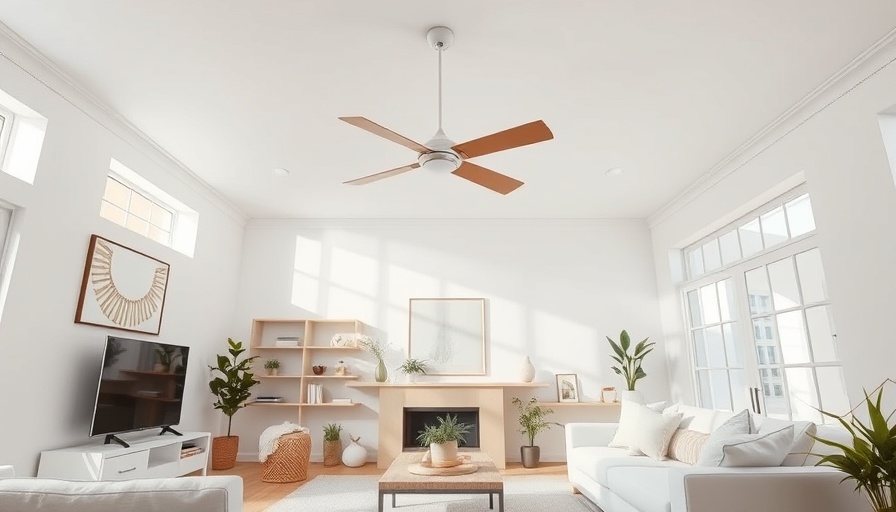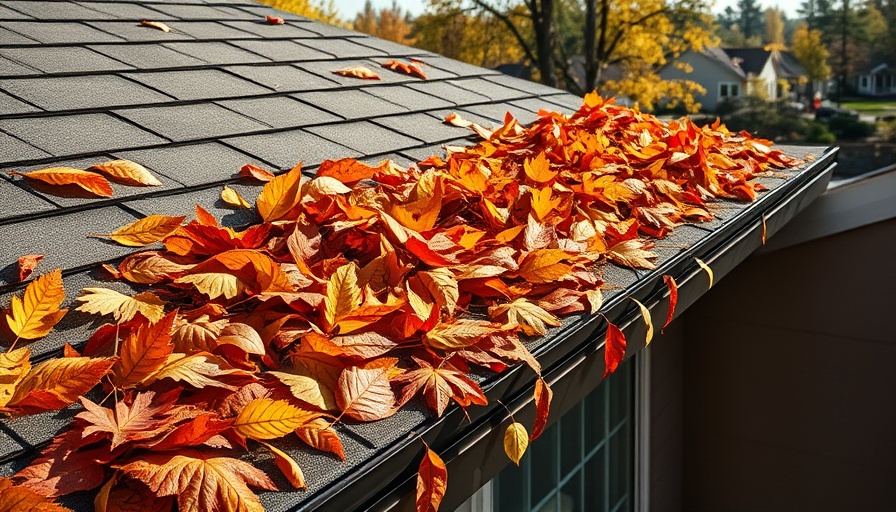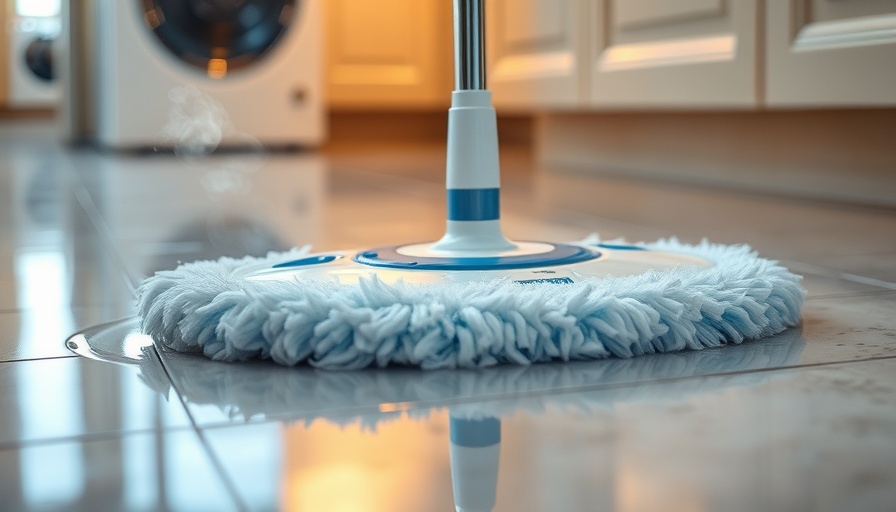
Are You Spinning in Circles? The Right Direction of Your Ceiling Fan
With summer heat raising temperatures, the question on everyone's minds is how to stay cool without cranking up the AC bills. Most homeowners may not realize that the direction of your ceiling fan can significantly influence your comfort. So, which way should a ceiling fan turn in the summer? The simple answer—clockwise is for winter warmth, and counter-clockwise is your best friend in the sizzling summer months.
Why Direction Matters for Comfort and Energy Efficiency
As the temperatures start to rise, fans should be set to rotate counterclockwise, prompting the fan blades to push cool air downwards creating a wind-chill effect. This effect allows you to feel several degrees cooler than your actual room temperature—meaning you might not need to rely on air conditioning as much. In fact, adjusting a ceiling fan's rotation can lower your energy bills by about 20%!
Understanding the Science Behind Ceiling Fan Mechanics
The mechanics of ceiling fans are more than just aesthetics; they are designed with efficiency in mind. In cooling mode, the blades create a downdraft, sending cool air cascading towards the floor. However, most fans have a small switch on the motor housing that allows you to reverse the direction of the fan blades, thereby changing its airflow. During winter, a clockwise rotation helps circulate warm air that rises to the room's ceiling back down towards the living area.
Energy-Saving Strategies That Go Beyond Fan Direction
Beyond just fan direction, there are additional strategies homeowners can implement:
- Keep windows drawn during the hottest part of the day to prevent heat from entering.
- Consider using ceiling fans in tandem with other cooling systems to maximize efficiency.
- Upgrade to smart ceiling fans, which can be programmed to change direction according to the seasons, further optimizing energy use.
Counterarguments: Are Ceiling Fans Always the Best Solution?
While ceiling fans offer an enjoyable breeze and energy savings, they are not the only option. Some may argue that in extremely humid climates, relying solely on a ceiling fan may not provide sufficient cooling, necessitating air conditioning. However, the combination of both can significantly enhance the comfort levels in a household. It's about striking the right balance for your specific environment and preferences.
DIY Tips for Maintaining Your Ceiling Fan Efficiency
To ensure your ceiling fan operates effectively, regular maintenance is key. Here are a few quick tips:
- Dust the blades regularly to prevent dust build-up which can affect efficiency.
- Check for obstructions—ensure that chandeliers or other hanging items do not block airflow.
- Every now and then, tighten screws and inspect the fan's balance to prevent wobbling, which can decrease performance.
Conclusion: Elevate Your Summer Comfort
By adjusting just the rotation of your ceiling fan, you're not only changing airflow but also enhancing your summer comfort. So go ahead, flip that switch, and enjoy the cool breeze. With these tips in hand, you're well on your way to turning your home into a summer sanctuary.
 Add Row
Add Row  Add
Add 



Write A Comment